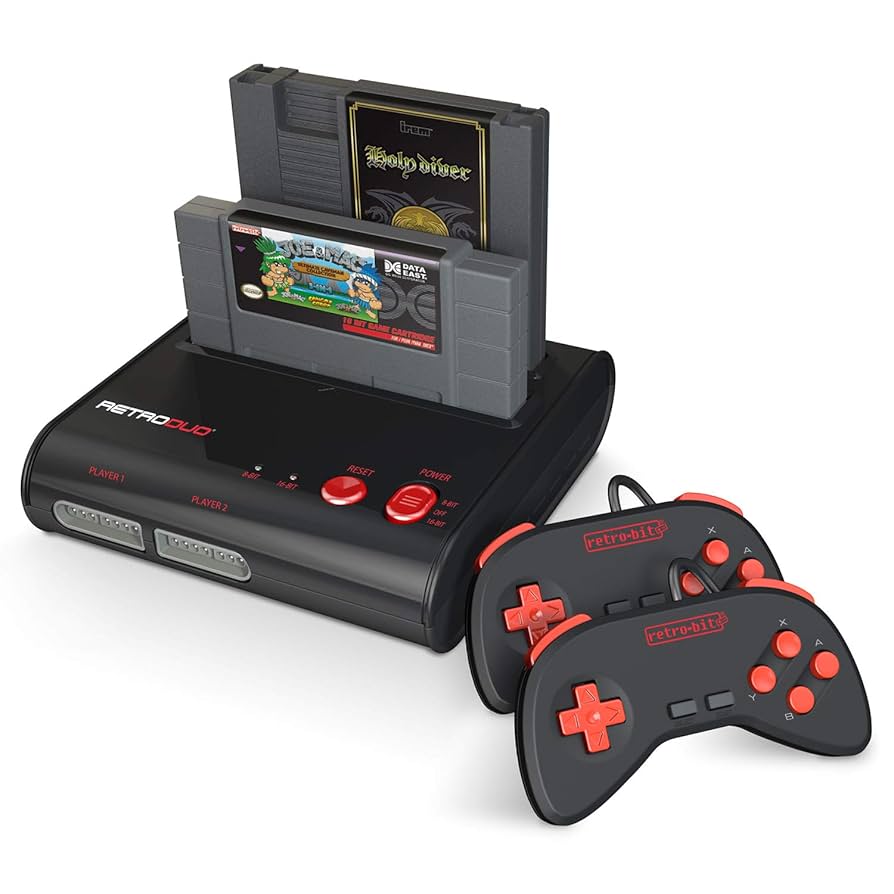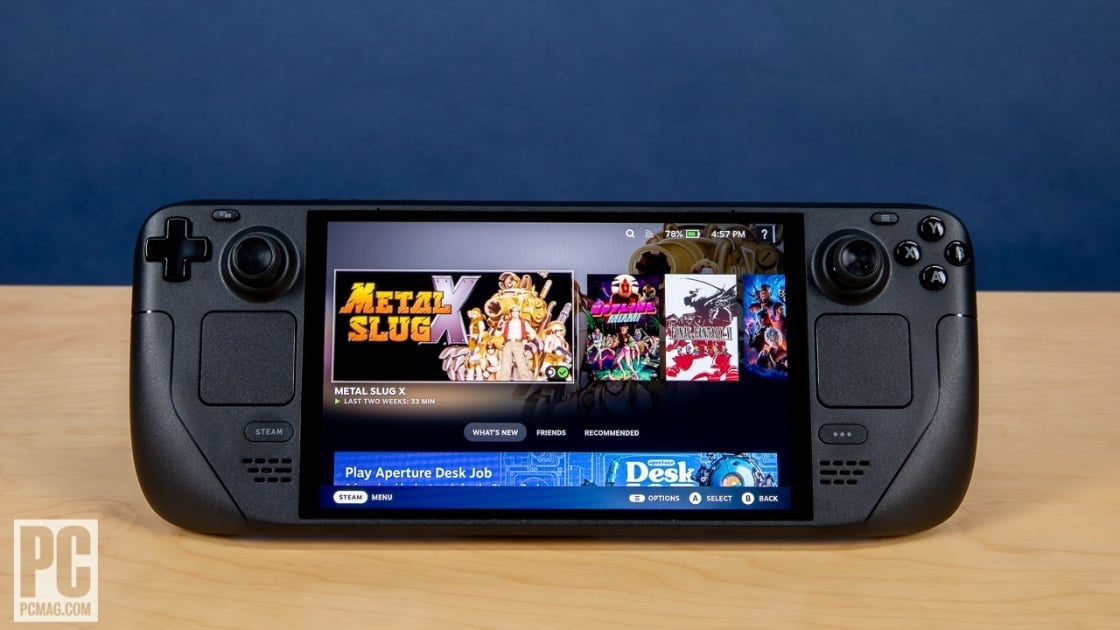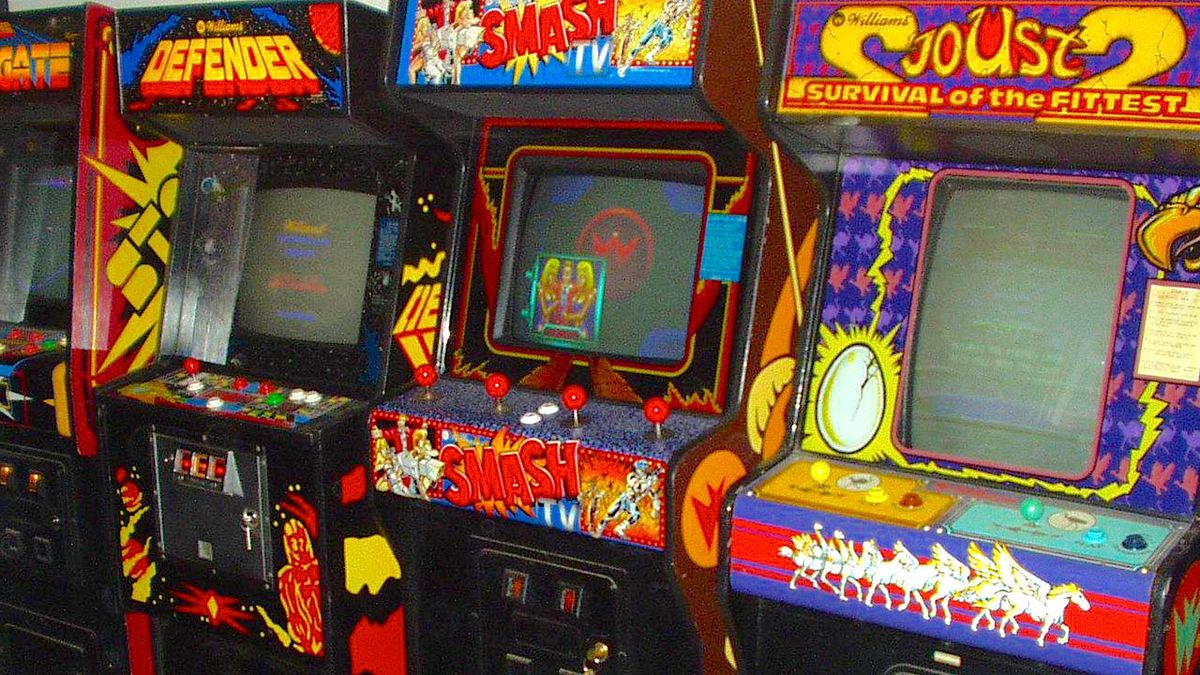Introduction
In a world dominated by the latest technology and hyper-realistic graphics, it might seem surprising to witness a powerful comeback of old-school video games, or "retro games." But the numbers don't lie. The retro gaming market is experiencing unprecedented growth in 2025, transforming from a niche interest for a small group of collectors into a multi-billion dollar industry. So, what's behind this resurgence? And why are gamers, from millennials to the new generation, turning to classic consoles like Nintendo, Sony, and Sega?
Nostalgia and Simplicity: The Reasons for the Comeback
One of the main drivers of this resurgence is nostalgia. Gamers who grew up in the 80s and 90s are eager to relive their childhood memories with games like Super Mario Bros. and The Legend of Zelda. But it's not just about nostalgia; it's also about the desire for a "pure" and uncomplicated gaming experience. In today's world of notifications, updates, and in-game purchases, retro games offer a simple and direct experience: turn on the console and start playing. There are no complicated menus, no need for an internet connection, and no annoying ads.

Additionally, low cost plays a significant role. While modern games can cost up to $70, a used retro console and a collection of games can be purchased for a much lower price. This makes retro gaming an attractive option for gamers looking for affordable entertainment.
A Billion-Dollar Market and Modern Technology Supporting the Classic Experience
Statistics show that the global retro gaming market was valued at around $3.8 billion in 2025 and is expected to reach $8.5 billion by 2033. This impressive growth reflects a shift in consumer preferences towards gaming experiences that evoke nostalgia.
Modern technology has made it easier to access retro games. Now, players can enjoy their favorite classic games on modern TVs thanks to HDMI adapters, use wireless controllers, and even buy "reproduction consoles" that combine classic design with modern features. Companies like Retro-Bit, 8BitDo, and Analogue are leading this field, offering high-quality devices that allow players to experience old games in high definition and without compatibility issues.

The Social Aspect and the Future of Retro Gaming
Retro gaming is no longer just a solo experience; it's bringing people together. We're seeing a strong comeback of couch co-op sessions, where friends compete in games like Street Fighter II or collaborate in games like GoldenEye 007. Parents are also sharing their childhood games with their kids, creating strong family bonds over a screen that doesn't involve TikTok.
As modern games continue to become more complex and expensive, the future of retro gaming looks bright. These games offer a simple, fun, and affordable alternative, proving that stunning graphics aren't everything. In the end, what matters is the fun of playing, and that's what retro games deliver in abundance.

